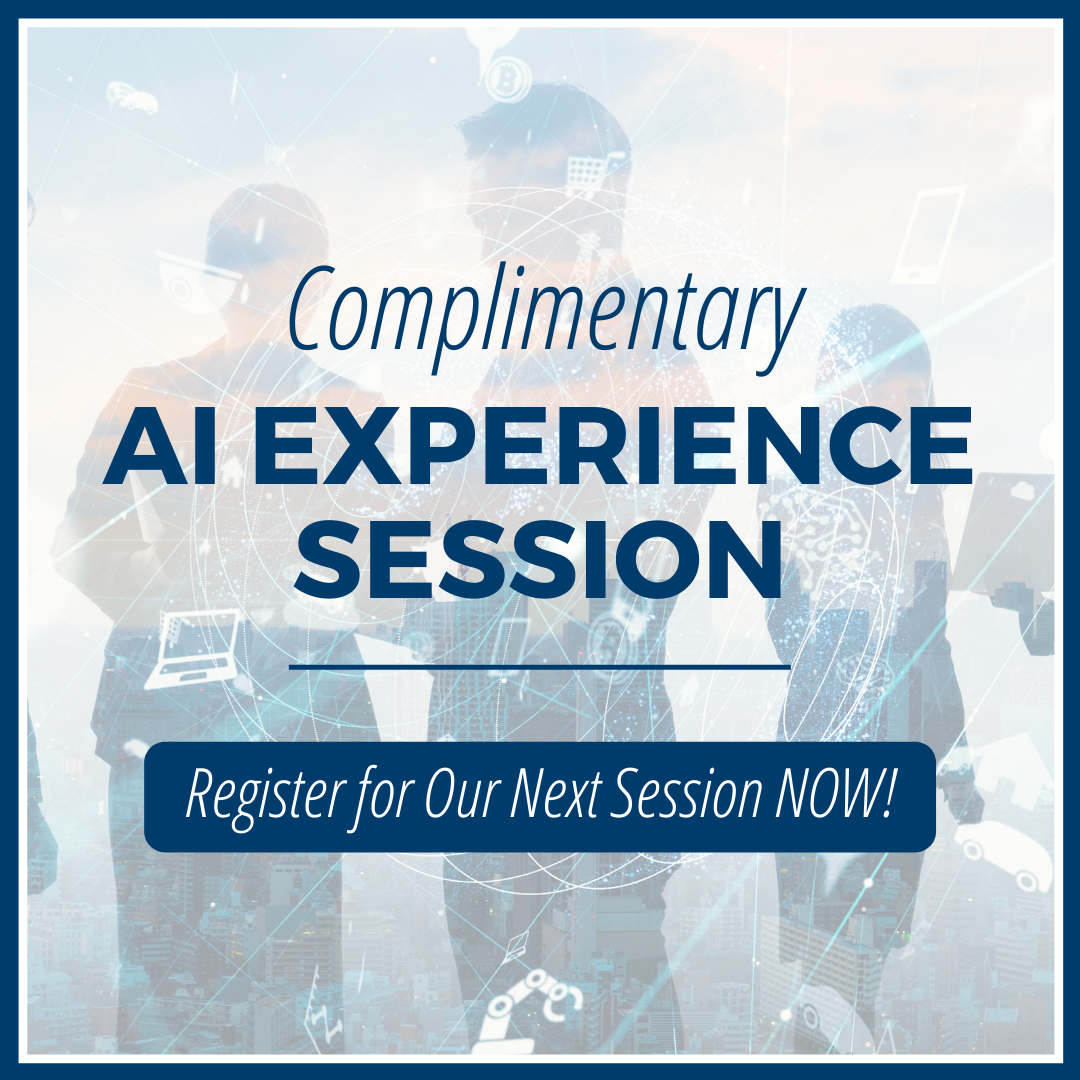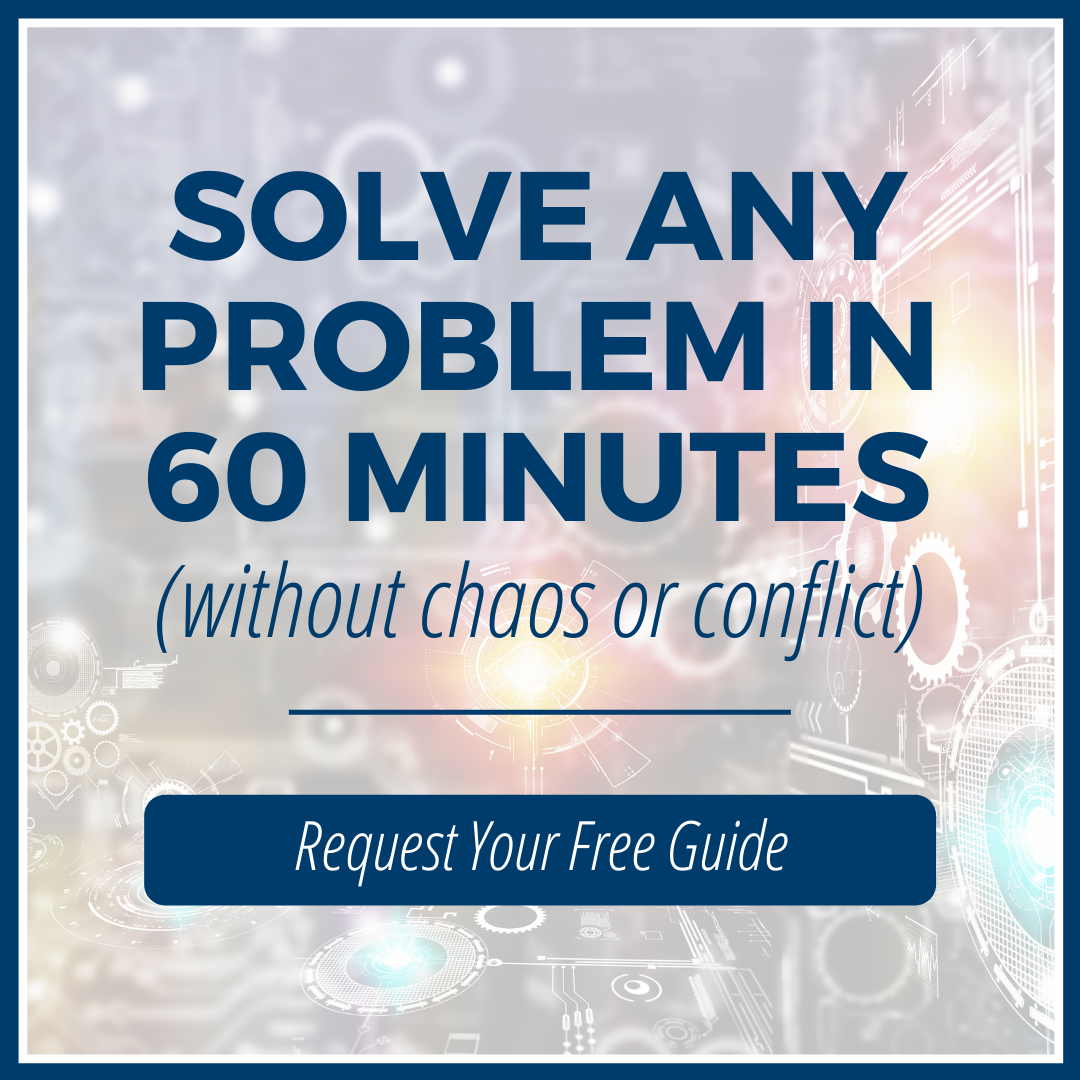AI still needs humans before going it alone

Rodney Brooks used JFK’s famous quote to ground the IEEE Spectrum article “An Inconvenient Truth about AI” in the October 2021 issue, under his title “A Human in the Loop.”
Ask not what your AI system can do for you, but instead what it has tricked you into doing for it.
He summarizes his point with the cryptic statement:
Just about every successful deployment of AI has either one of two expedients: It has a person somewhere in the loop, or the cost of failure, should the system blunder, is very low. AI won’t surpass human intelligence anytime soon.
Brooks then reviewed the three major investment waves in Artificial Intelligence since its beginnings in the mid-1900s. In the 1960s, researchers like Allen Newell and Herbert A. Simon, pioneers in AI,
bravely foretold the success of AI “that human-level intelligent machines were only about 10 years away.” That was based on the then “logical reasoning with symbols” – using Hobbes’ theory that “thinking is the manipulation of symbols and reasoning is computation,” which is reinforced by Descartes’ theory, “all reality is mathematical” – “thinking is the algebraic manipulation of symbols.” But computers were too slow at the time and neural networks were rejected. The first AI winter would stretch till the mid-1980s.
The second wave of investment in AI began with two technologies – the rule-based expert systems and the return of neural networks. Rule-based expert systems are AI computerized systems acting as experts in one given field that are knowledge-based facts which use logical rules to deduce new information by way of inference. This grew out of the early emerging digital programming computers. Thus arose the question of imitating human decision-making. This triggered the neural networks aspiring to exceed human thinking with the use of algorithms. But AI would have to hold its breath till the mid-1990s when Deep Blue beat Garry Kasparov in chess, ending AI’s second winter.
Brooks details the third and current wave of investment in artificial intelligence and embeds a pictorial graph of the modern history of AI, something available through the website posted in the first paragraph above and repeated here for your convenience.
Our third investment wave pushed the new symbolic-reasoning systems based on algorithms along with the new neural networks of deep learning. Praxis Business School[1] explains neuro-symbolic AI as:
… it uses deep learning neural network architectures and combines them with symbolic reasoning techniques. … A neuro-symbolic system, therefore, uses both logic and language processing to answer the question, which is similar to how a human would respond. It is not only more efficient but requires very little training data, unlike neural networks.
Classic AI changed into neuro-symbolic AI when IBM Watson became the new Jeopardy champion in 2011. Lots of robots, drones, self-driving vehicles followed and even NLP appeared with floods of verbiage, but human agents were needed to make sure everything ran well, and neuro-language could be understood. Researchers hoped that AI would soon understand both the what and the why of cause-effect relations. But not yet.
Take-away: For all AI new advances in technologies, it still needs humans in the loop to cover flaws, errors, and unachieved plans for adequately intelligent operations.
[1] Praxis Business School – https://analyticsindiamag.com/what-is-neuro-symbolic-ai-and-why-are-researchers-gushing-over-it/



